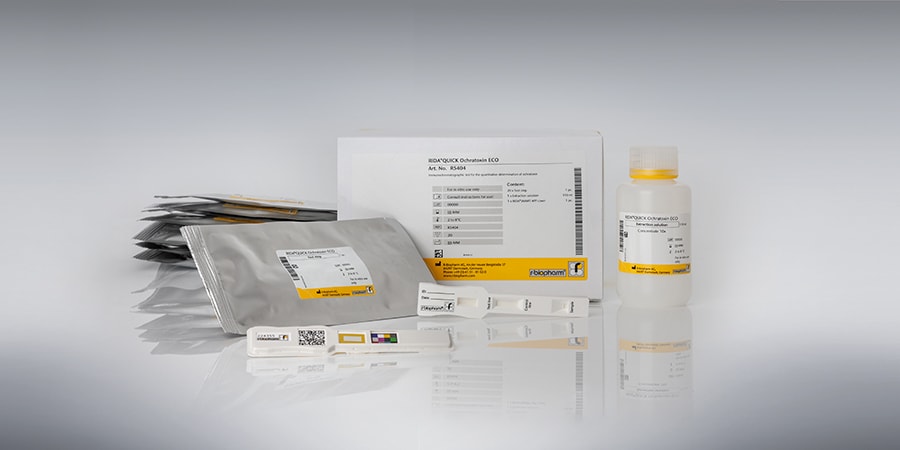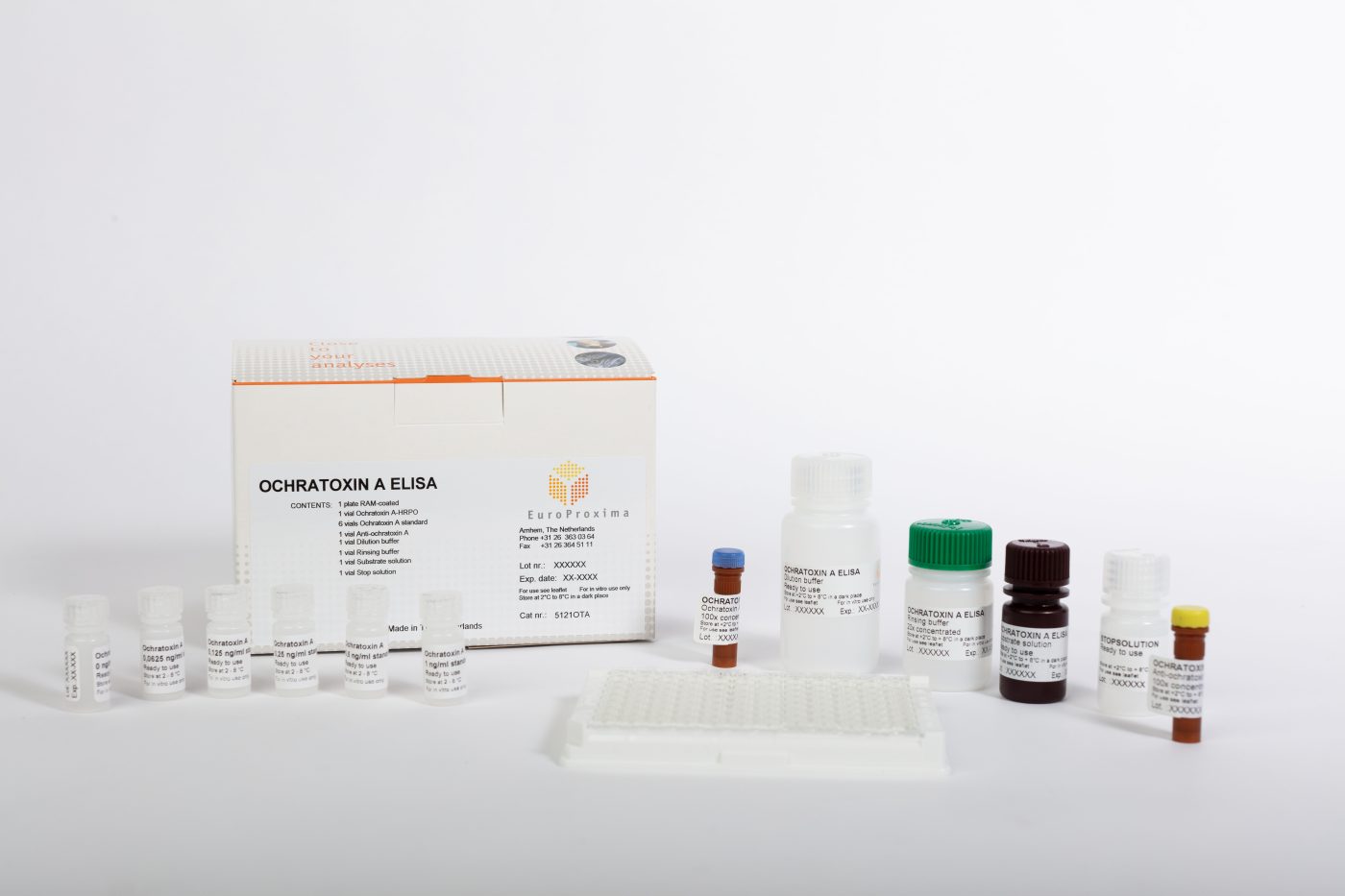
Neuigkeiten aus dem Bereich der Lebensmittel- und Futtermittel-Analytik
Does winemaking actually reduce ochratoxin A in wine?

Scientists from the Northwest A&F University published a study about ochratoxin A in wine produced in China. The concentration of ochratoxin A depends on various factors in winemaking. Detection of mycotoxins in samples like red wine is challenging, but immunoaffinity columns proved to be a valuable tool in HPLC analysis.
China – the rising star in wine production (and wine consumption)
China is now both the world’s 5th biggest wine producer as well as the 5th largest wine consumer. Sales of red wine in China increased by 175% between 2007 and 2013 and more red wine is now consumed in China than in any other country. This interest in wine is matched by increased wine research in China to ensure the safety and quality of domestic wine production. Chunmei Jiang and co-workers from Northwest A&F University in Shaanxi Province in China have studied the effects of various parameters on ochratoxin A (OTA) formation in red wine. Their research was published in the January 2015 issue of the scientific journal Food Control.
Effects of sulphur dioxide and ethanol on ochratoxin A in wine
 Chunmei Jiang and co-workers tested wine produced from 5 different grape cultivars, including Cabernet Sauvignon, Pinot Noir and Merlot. They measured the influence of sulphur dioxide, ethanol and the combined effect of ethanol and reducing sugars on ochratoxin A formation. Accurate measurement of ochratoxin A in wine was critical to enable a systematic study of changes in OTA levels with varying parameters. The use of OCHRAPREP® immunoaffinity columns proved to be the most effective way to analyze grape juice and wine must during fermentation. The HPLC-fluorescence method achieved sub-ppb limits of detection. The excellent precision enables to monitor small changes in levels of OTA.
Chunmei Jiang and co-workers tested wine produced from 5 different grape cultivars, including Cabernet Sauvignon, Pinot Noir and Merlot. They measured the influence of sulphur dioxide, ethanol and the combined effect of ethanol and reducing sugars on ochratoxin A formation. Accurate measurement of ochratoxin A in wine was critical to enable a systematic study of changes in OTA levels with varying parameters. The use of OCHRAPREP® immunoaffinity columns proved to be the most effective way to analyze grape juice and wine must during fermentation. The HPLC-fluorescence method achieved sub-ppb limits of detection. The excellent precision enables to monitor small changes in levels of OTA.
This study suggests that grape berries contaminated with fungi may develop and produce OTA at the first stages of winemaking, such as crushing and maceration. The addition of sulphur dioxide and alcohol accumulation can significantly inhibit the growth of A. carbonarius and therefore production of ochratoxin A in wine. So the process of winemaking actually reduces the concentration of ochratoxin A in wine effectively!
Quality control in wine production
Controlling ochratoxin A in wine is an important parameter. We can offer you more testkits for relevant quality parameters in wine production like:
- Sugars like glucose and fructose
- Organic acids like lactic acid, malic acid, citric acid and tartaric acid
- Other parameters like glycerol, iron, copper, sulfur dioxide
- Allergens like lysozym, egg and milk
Would you like to know more about our solutions for wine analysis?
Send a message to



